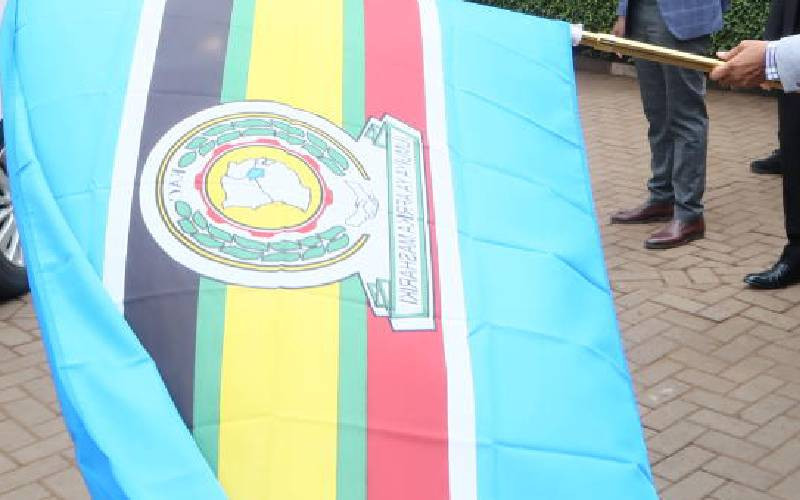×
The Standard e-Paper
Kenya's Bold Newspaper

Mr Geofrey Ochieng Okoth, a Kenyan, completed his master's degree in biostatistics last May from Uganda's Makerere University thanks to a generous scholarship by the East African Community.
Ms Marie Cecile Muhorakey, a beneficiary from Rwanda, will next year finish her master's in crop protection, a course not available in her country, from Kenyatta University.